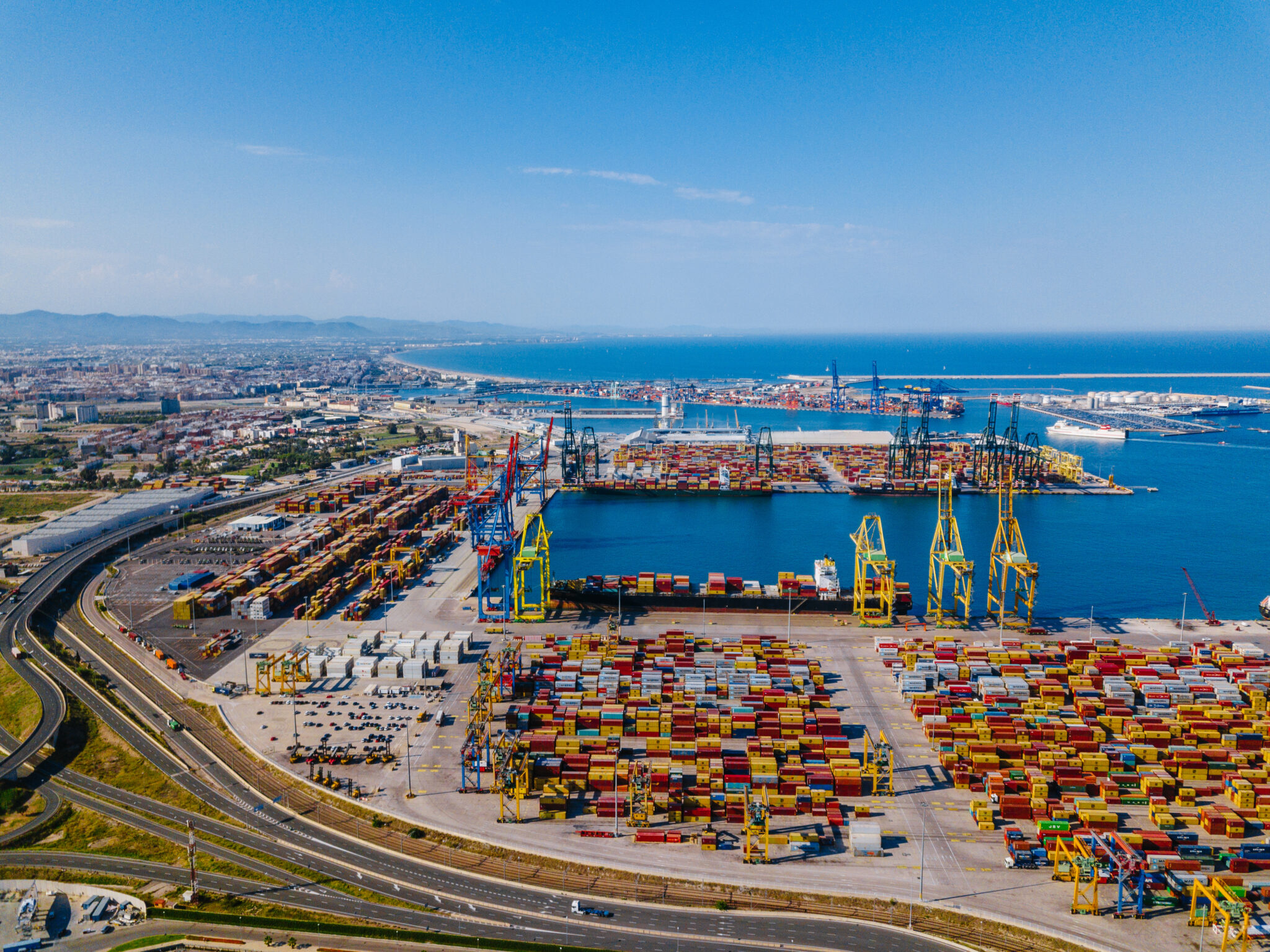While headlines have focused on the economic shocks of US trade policy, research shows UK companies are taking proactive steps to localise supply chains, safeguard operations, and offset inflationary pressures.
“Tariffs and trade shocks have put UK firms under real pressure – but they’re not retreating, they’re rewiring. This is a strategic reset – not just a stopgap. The UK is leading Europe in nearshoring and local sourcing, not just to cut costs but to take control. This is a strategic reset – not just a stopgap,” says Matthew Woodcock, Regional VP, CVM/Supply Chain Strategy (EMEA & APAC), Coupa.
Businesses are responding to rising global tariffs and supply chain volatility by taking decisive action. According to new research from Coupa, a leading AI-native total spend management platform, 85% of UK companies are increasing or planning to increase nearshoring over the next 12 months to shift operations closer to home – more than any other country surveyed, including the US (74%), Germany (74%), and France (66%).
Rather than absorb cost shocks passively, UK businesses are strategically reshaping their supply chains to prioritise local suppliers, reduce dependencies on high-risk regions, and build greater resilience into business operations.
Pricing remains a primary pressure point. 61% of UK suppliers plan to raise prices by five to ten percent – the highest share across any country surveyed – with a further 22% expecting to increase prices by more than ten percent. These hikes are expected to hit consumers directly in the coming months, with rising supplier costs likely to be passed along the value chain. To manage margin erosion, businesses are turning to mitigation strategies such as stockpiling inventory (38%) and increasing local sourcing (37%), signalling an urgent shift to contain upstream costs and safeguard downstream stability.
While almost half (49%) of UK firms report that recent US trade policies have negatively impacted their bottom line, only six percent forecast revenue losses above ten percent. This suggests businesses are feeling the pressure but remain comparatively confident in their ability to adapt.
This resilience is underpinned by decisive sourcing shifts. UK companies are moving away from perceived high-risk regions, with 31 percent pulling back from the US and 27 percent from China. Instead, they are increasingly prioritising domestic and European partners, with 41 percent sourcing more from the UK itself, 41 percent from Germany, and 31 percent from France. In total, 75 percent of UK suppliers now prioritise local sourcing in their future strategies – a higher proportion than in Germany (70%) or France (67%).
At the same time, the criteria UK buyers use to select suppliers is shifting. While price remains important, businesses are placing greater emphasis on reliability and compliance. 53% of UK buyers cite proven quality and reliability as a top priority. Stable and competitive pricing (57%) and full regulatory compliance (47%) is also important. These figures point to a clear pivot from cost-efficiency to risk reduction and supply assurance.
Woodcock adds: “Periods of disruption always create space for reinvention – and the smartest companies are using this moment to sharpen their competitive edge. UK firms aren’t just surviving – they’re simplifying, localising, and building supply chains fit for the future.”
similar news
Tariffs and Trade Barriers as Top Concern of Supply Chain Leaders









